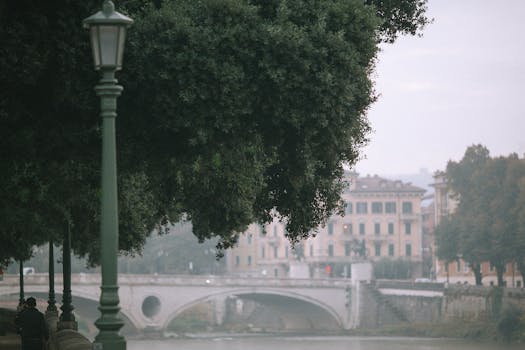
Urban Green Spaces: The Future of Outdoor Living in European Cities by 2025
Urban Green Spaces are becoming increasingly important in European cities, and for good reason. As the world becomes more urbanized, the need for green spaces has never been more pressing. Urban Green Spaces are not just aesthetically pleasing, but they also provide numerous benefits for both the environment and the people living in these cities. In this article, we will explore the future of outdoor living in European cities and how urban green spaces are playing a crucial role in shaping this future.
What are Urban Green Spaces?
Urban green spaces refer to any area in a city that is covered in vegetation, such as parks, gardens, and green roofs. These spaces can be public or private and can range in size from small gardens to large parks. The importance of urban green spaces cannot be overstated, as they provide numerous benefits for both the environment and the people living in these cities.
Benefits of Urban Green Spaces
There are numerous benefits to urban green spaces, including:
- Improved Air Quality: Urban green spaces can help to improve air quality by absorbing pollutants and releasing oxygen.
- Reduced Urban Heat Island Effect: Urban green spaces can help to reduce the urban heat island effect, which occurs when built-up areas absorb and retain heat, making cities hotter than surrounding rural areas.
- Increased Biodiversity: Urban green spaces can provide habitats for a wide range of plant and animal species, increasing biodiversity in urban areas.
- Improved Mental Health: Urban green spaces can have a positive impact on mental health, reducing stress and anxiety and improving overall well-being.
- Increased Property Values: Urban green spaces can increase property values, making areas more desirable to live and work in.
The Future of Outdoor Living in European Cities
As we look to the future, it is clear that urban green spaces will play a crucial role in shaping the future of outdoor living in European cities. With the increasing urbanization of the world, the need for green spaces has never been more pressing. By 2025, it is estimated that over 80% of the world’s population will live in urban areas, making the need for urban green spaces even more critical.
Case Studies: Successful Urban Green Space Projects in European Cities
There are many successful urban green space projects in European cities that are worth highlighting. For example:
- Paris’ Green Roof Initiative: Paris has implemented a green roof initiative, which aims to cover 25% of the city’s roofs with vegetation by 2025.
- London’s Urban Forest Strategy: London has implemented an urban forest strategy, which aims to increase the city’s canopy cover from 20% to 30% by 2050.
- Barcelona’s Superblock Program: Barcelona has implemented a superblock program, which aims to reduce traffic and increase green spaces in the city.
Conclusion
In conclusion, urban green spaces are the future of outdoor living in European cities. With the numerous benefits they provide, it is clear that these spaces will play a crucial role in shaping the future of our cities. As we move forward, it is essential that we prioritize the creation and maintenance of urban green spaces, ensuring that they are accessible and enjoyable for everyone.






